A question I get all the time is some version of, “how is my technique different in a bermed (banked) corner than in a flat corner?”
As I explain in my courses: a bermed corner (banked) is still a corner. That means everything depends on traction, speed and your goal. If I feel I’m going slower than the max speed that berm will allow and I want to gain speed, I’m going to keep my feet level and pump that berm to gain speed.
Depending on the steepness and traction I might even lean with my bike! But, those berms are rare, especially at your favorite local trail or in a downhill race, usually a berm in a downhill race is there to “save” you. You are hauling tail into the corner and just hoping to seek out enough traction that you make the corner without sliding your tires (sliding scrubs your speed). In a berm like this (where you simply want to make it) you are going to use proper, outside foot down and weighted, “flat” cornering technique.
Many riders want to think that ALL berms are magically different than a flat corner but in reality, some berms are massively different than a flat corner (steeply banked, perfectly placed and either tacky or hard-packed, grippy surface) and some are the same as a flat corner – barely banked or really loose.
Many berms are simply “push piles” of dirt that won’t hold your tires and some good looking berms are nowhere near the optimal line for that corner. I remember a race in the late ’90s at Big Bear where they built these massive, beautiful berms but they taped the inside of the corner about 8-10 feet inside of the berm. Most of the amateur racers were target fixated on those berms and enjoying them while all the pros were cutting way inside of the berms shaving 30-50 feet off the distance around those berms saving time. Those berms were fun, but useless if you wanted to do your best in the race.
Recently we were riding some fast trails with a few newly built, but extremely dangerous, berms in Oregon . Many of the berms ended about 60-75% of the way through the corner. Right as you really needed the added traction of the berm it either disappeared or flatted out too much to hold you. If you aren’t looking through the corner (looking well past the exit at the start of the corner) you might get caught by surprise as the bank decreased in size and steepness while you were relying on it for traction.
In short, 60-75% of the way through the corner your traction got cut in half and if you were relying on the berm for traction (leaning into the turn a bit) when you hit the end of the berm, you will slide out. If the berm was solid for the length of the corner, you would already be standing the bike up straight when the berm stopped.
On a really steep berm with great traction (some of the ones on A-line at Whistler for example), I might even initiate my turn by dropping my shoulder and “throwing myself” into the berm. If I overestimate the traction in the berm this can put me on the ground, if there is enough traction I will rocket through and gain speed.
A great example of this is Greg Minnaar in one of my Bootleg Camps. We use the little BMX/pump track there to work on pumping and pumping corners. When Greg was flying into the first berm at top speed he ALWAYS dropped his outside foot and did what I would call a “perfect” in balance in control corner.
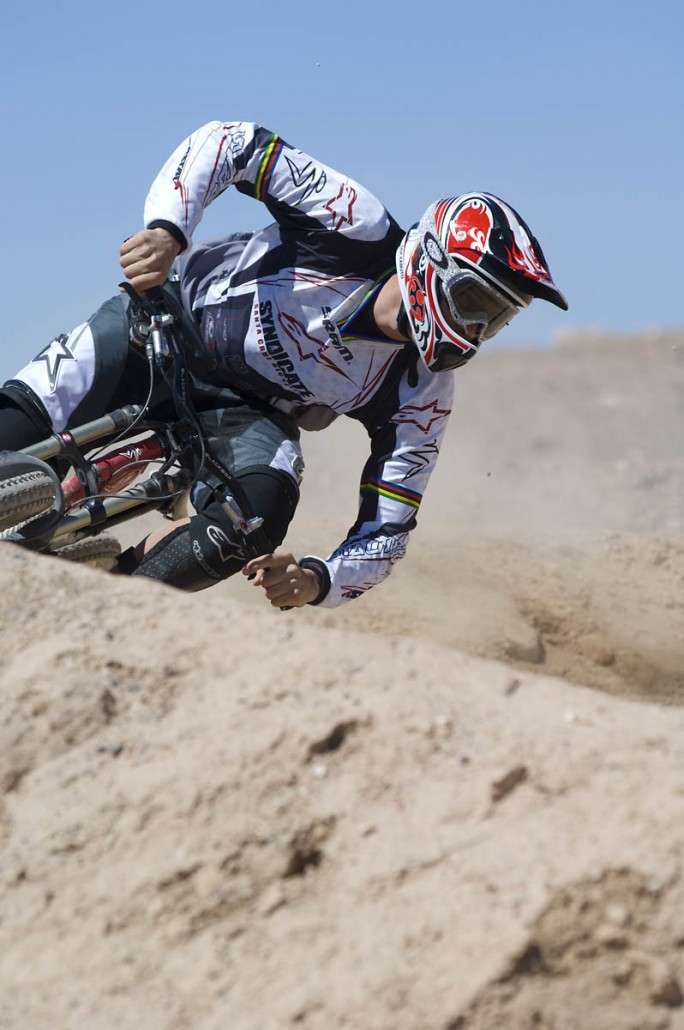
Greg Minnaar hauling tail in our course! With his outside leg straight and down with most of his weight on it
When we were demonstrating pumping corners and Greg hit the same berm going quite a bit slower, he kept his feet level so both knees would be bent. This way he could pump with both legs and gain speed. We (Greg and I) never taught the dip-your-shoulder technique because berms that allow you to do that are extremely rare and there are zero berms at Bootleg with enough traction to use this technique.
LASTLY and more importantly, most riders (including many sub-world cup level pro racers) fail to look through the berm which is MUCH, much more important than all of what I just wrote! So there is a hierarchy of skills and most of us need to focus on the more important parts of the corner (looking through is #1, finishing cutting speed before the corner is #2). This is the problem with all the “tips” out there, they fill your head with “knowledge” but don’t get you DOING that “knowledge” on trail because you haven’t trained your body to execute that skill tip.
First, learn, practice and master the proper cornering technique. Then use that technique in every corner, especially the first time you hit that corner. If, after riding that corner and/or stopping to scope it out, you decide that the berm will add more traction than necessary at the speed you are going, you can try out “bermed cornering techniques” that briefly put you out of balance but when executed correctly will increase your exit speed.
Please share this article with anyone you think may benefit and feel free to call or e-mail with any questions.
Thanks and create your best ride yet,
Gene

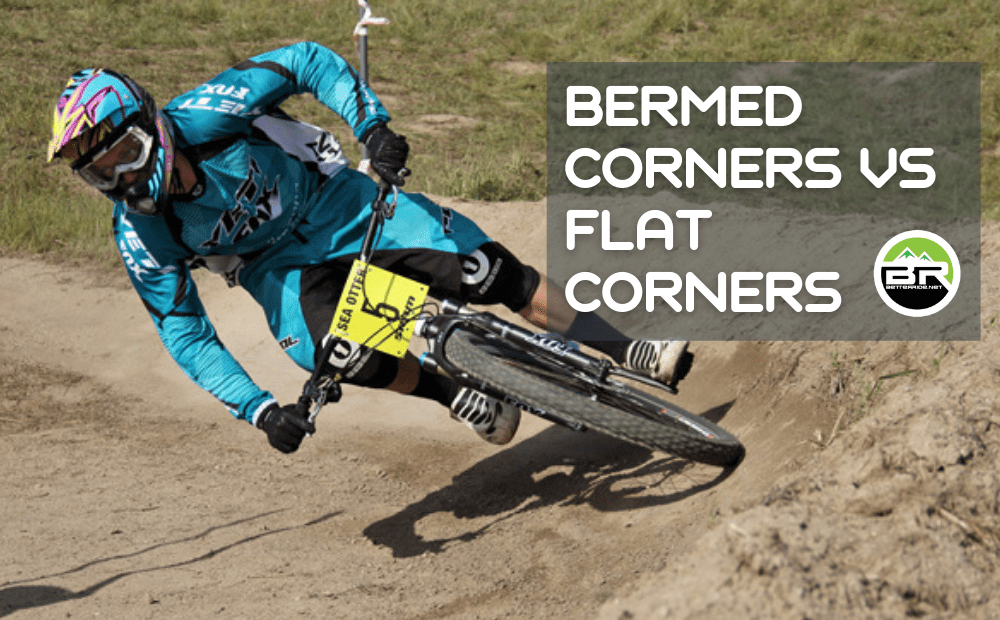
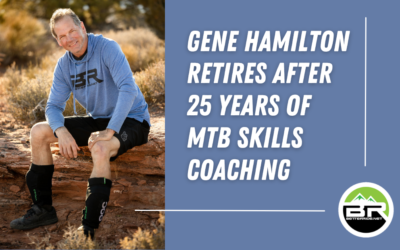
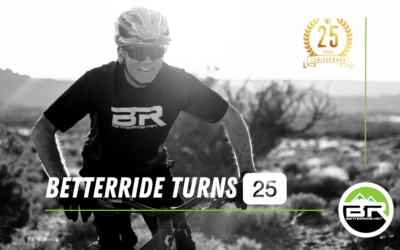
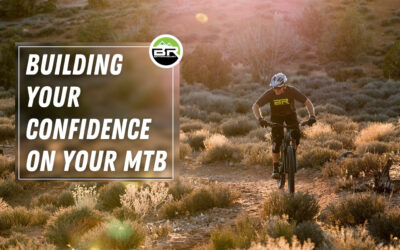
Comments